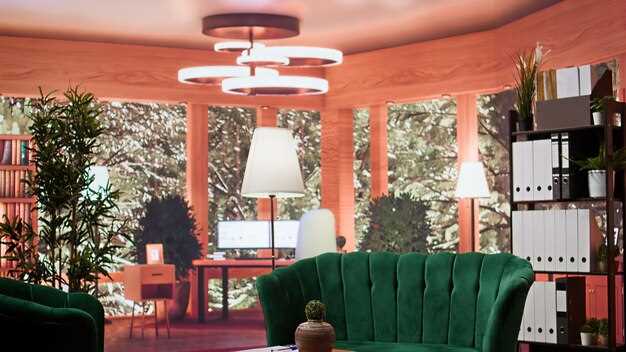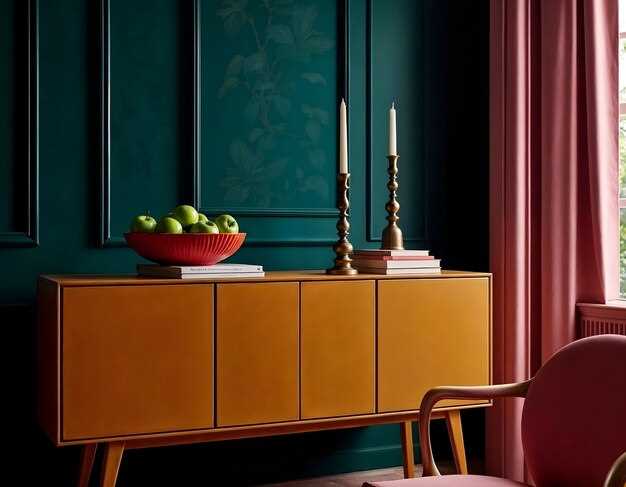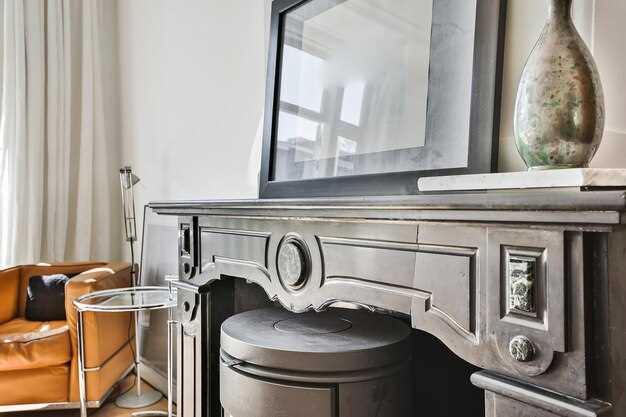

In the world of home design, marrying modern functionality with vintage aesthetics can transform a space into a timeless haven. Classic interior mods serve as a bridge between the charm of yesteryears and the conveniences of contemporary living. By strategically incorporating these modifications, homeowners can honor the unique style of vintage interiors while enhancing their overall appeal.
One of the most captivating aspects of vintage design is its ability to tell a story. Every piece, from furniture to decor, carries a sense of history that resonates with those who appreciate the past. However, to maintain this allure without sacrificing comfort, the right mods must be considered. These alterations not only preserve the essence of the era but also introduce elements that cater to today’s lifestyle demands.
In this article, we will explore various classic interior mods that elevate the vintage appeal of your home. From restoring original features to integrating carefully selected modern touches, we will delve into the ways that these modifications can enhance both the style and functionality of your living space, creating an inviting atmosphere that stands the test of time.
Choosing Authentic Materials for Restoration

When it comes to restoring a vintage interior, the choice of materials plays a crucial role in achieving an authentic look. Selecting genuine materials not only enhances the overall aesthetic but also preserves the character of the space, reflecting the style characteristic of its era.
Start by identifying the original materials used in your vintage space. Common elements may include hardwood floors, plaster walls, and authentic period moldings. These materials often add depth and charm to the interior, making it essential to source replacements or repairs that match the original specifications as closely as possible.
For flooring, consider reclaimed wood or similar species that were prevalent during the time the home was built. This approach not only maintains the visual appeal but also supports sustainability. Likewise, for wall treatments, using natural plaster instead of modern drywall can give a more historical feel, aligning closely with traditional styles.
Another important aspect is the metal finishes used for fixtures and fittings. Original brass, bronze, or wrought iron elements often signify a certain period’s style, so sourcing authentic or period-appropriate replacements is vital. Avoid modern synthetic alternatives as they may detract from the vintage integrity of the space.
Textiles should also not be overlooked; fabrics such as linen, wool, or silk can evoke a sense of time gone by. They help establish a tactile connection to the past, and when choosing upholstery or curtains, seek out patterns and colors that reflect the typical designs of the era.
Overall, selecting authentic materials for restoration requires careful consideration and research. Prioritizing genuine components will not only enhance the vintage appeal of the interior but also ensure that the space remains a true representation of its stylistic roots.
Integrating Vintage Lighting Fixtures

Incorporating vintage lighting fixtures into your home is a powerful way to enhance its classic style and charm. These unique mods not only provide functional illumination but also serve as stunning focal points that reflect a bygone era. Consider the specific aesthetic you want to achieve, whether it’s industrial, art deco, or mid-century modern, as this will guide your selection of fixtures.
One effective approach is to mix various types of lighting sources–pendants, sconces, and table lamps can all contribute to a cohesive vintage look. Opt for materials such as brass, copper, or glass, which are often emblematic of traditional designs. An antique chandelier can dramatically elevate a dining room, while retro sconces in a hallway add a subtle touch of nostalgia.
When integrating these fixtures, pay attention to the overall layout and color scheme of your space. Vintage lighting can create warmth and intimacy, especially when paired with soft hues and natural textures. Dimmer switches are also a wise mod, allowing you to adapt the lighting intensity to suit different moods and occasions.
Finally, don’t overlook the importance of functionality. Ensure that the vintage fixtures you choose are compatible with modern electrical standards. With careful selection and placement, vintage lighting can beautifully enhance your home’s overall appeal while maintaining a sense of style that feels both timeless and inviting.
Incorporating Retro Color Palettes and Patterns
One of the most effective mods for enhancing the vintage appeal of an interior is the incorporation of retro color palettes and patterns. These elements not only evoke nostalgia but also provide a distinctive charm that can transform contemporary spaces. Utilizing color schemes inspired by past decades, such as the vibrant hues of the 1960s or the muted tones of the 1970s, allows for a striking yet cohesive look.
When selecting colors, consider the emotional impact they have on the ambiance. For instance, soft pastels like mint green or dusty pink can create a soothing environment, reminiscent of mid-century design. Alternatively, bold colors like mustard yellow or deep teal can energize a space and serve as a focal point. Balance these colors with neutral shades to prevent overwhelming the decor.
Patterns play a crucial role in reinforcing the retro theme. Geometric shapes, floral designs, and polka dots can be integrated through wallpaper, upholstery, or decorative accessories. Vintage fabrics, such as tweed or velvet, provide texture while complementing the overall aesthetic. Layering different patterns can enhance visual interest, but it’s important to maintain a sense of harmony by sticking to a defined color palette.
Ultimately, incorporating retro color palettes and patterns through thoughtful interior mods will not only enhance the vintage appeal of your home but also create a personalized and inviting atmosphere that reflects your unique style.






